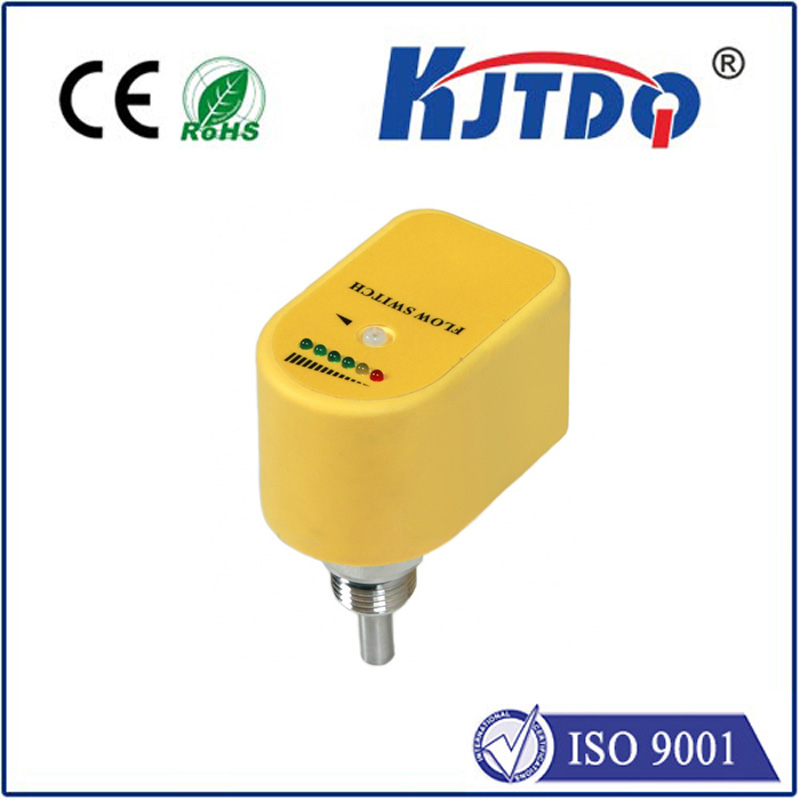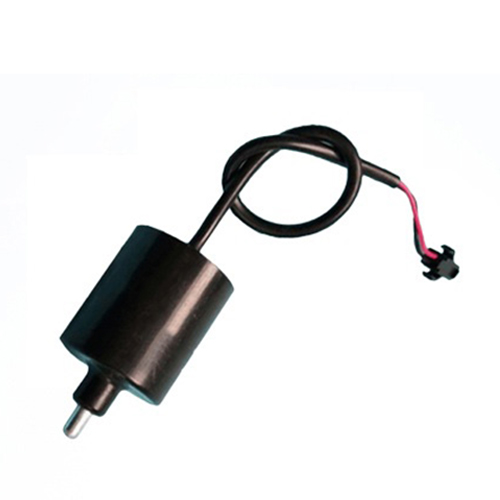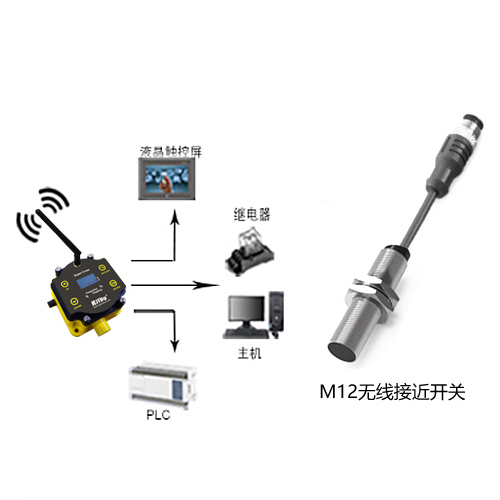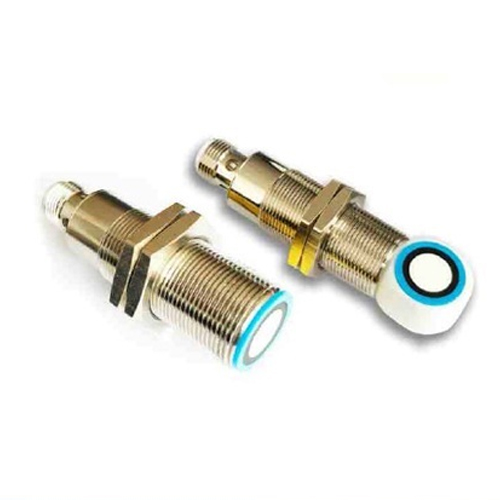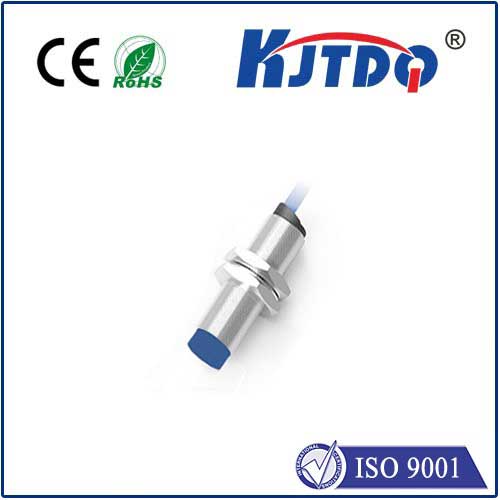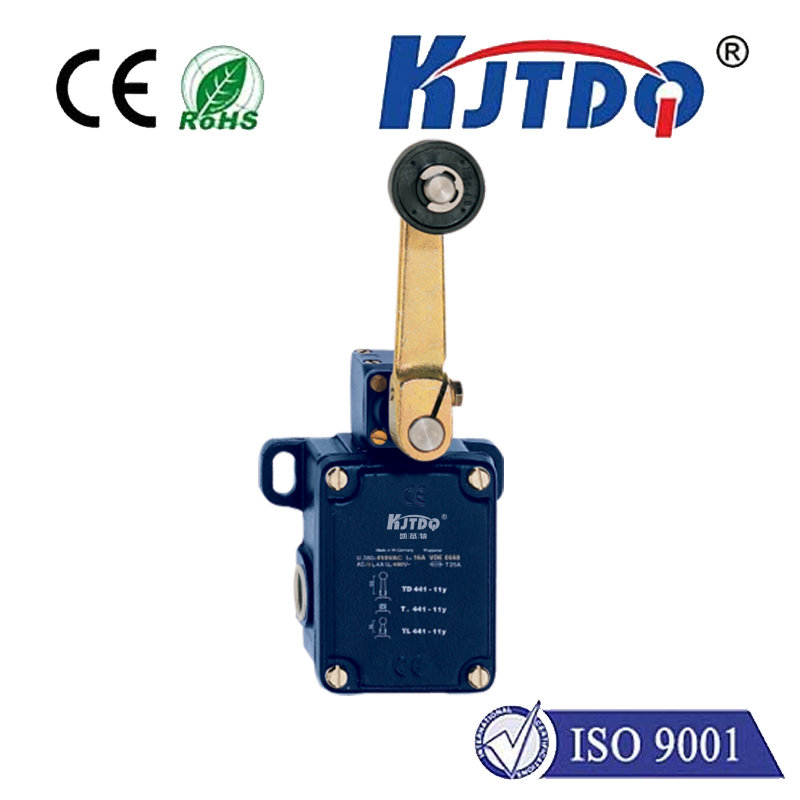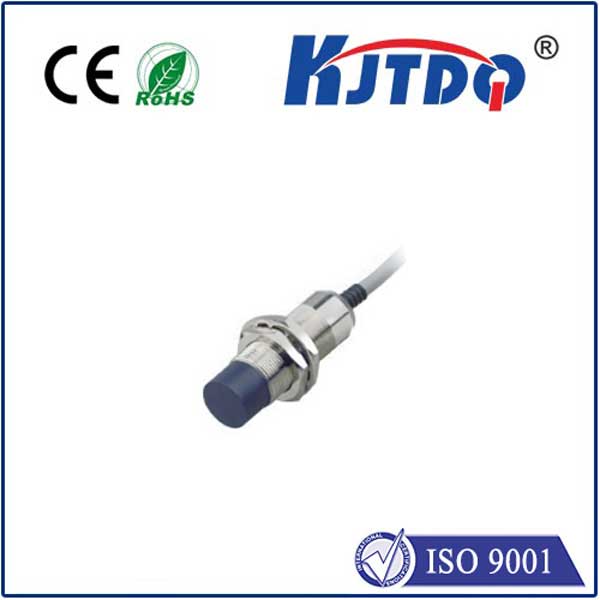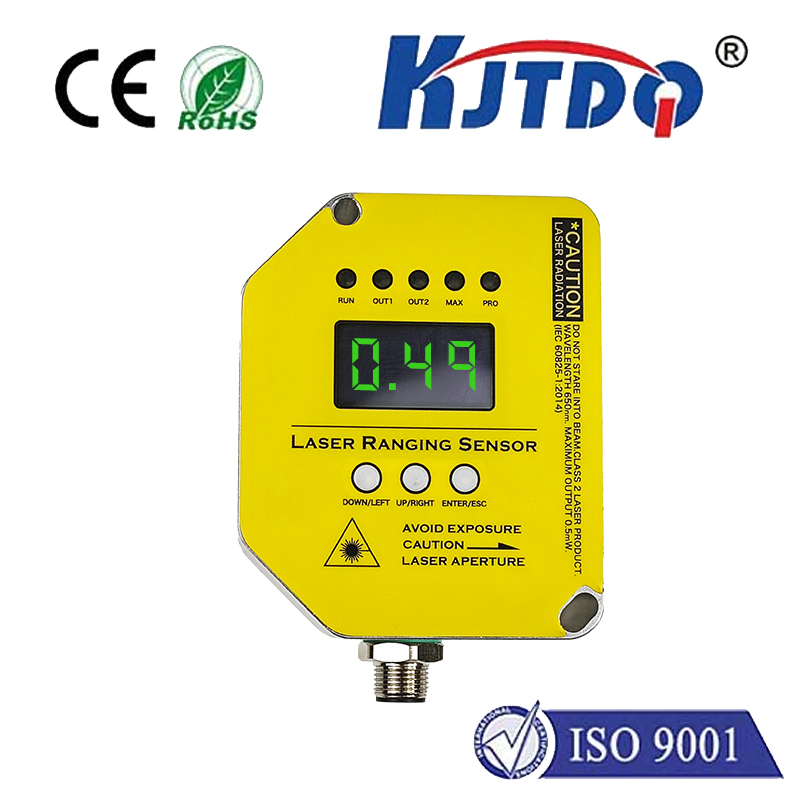

check

check

check

check

check

check

check

check

check

check

Title: The Innovation of Photoelectric Light Sensor Technology In the world of technology, there are few inventions as transformative as the photoelectric light sensor. This device, which converts optical power into an electrical signal, has revolutionized numerous industries and day-to-day applications. Its versatility and precision have made it an indispensable tool in various fields, from automation to security systems. Photoelectric light sensors operate based on the principle of modulating or demodulating a light beam. They work by detecting changes in light intensity, allowing them to perform tasks such as counting objects, measuring speed, and even identifying colored surfaces. Their ability to quickly and accurately respond to alterations in their environment makes them ideal for use in applications that require real-time data. One of the most notable applications of photoelectric light sensors is in the field of automation. They are commonly used in manufacturing plants for tasks such as sorting products, monitoring assembly lines, and ensuring quality control. By providing real-time feedback, these sensors enable machines to operate more efficiently and with greater precision, leading to increased productivity and reduced waste. In addition to manufacturing, photoelectric light sensors are also used in other industries such as agriculture and transportation. For example, they can be employed to monitor crop growth or optimize traffic flow. Another area where photoelectric light sensors have had a significant impact is in security systems. They are commonly used in motion detectors and alarm systems to detect intruders. By sensing changes in light levels, these devices can trigger alarms or notify authorities, providing a critical layer of protection for homes and businesses. Furthermore, photoelectric light sensors are also used in access control systems, enabling secure entry only to authorized individuals. The applications of photoelectric light sensors are not limited to industrial and security uses; they are also prevalent in everyday household items. For instance, they are found in automatic lighting systems, where they detect ambient light levels and turn lights on or off accordingly. This not only saves energy but also adds convenience by eliminating the need for manual switching. Additionally, photoelectric light sensors are used in appliances such as microwave ovens and washing machines to ensure proper operation and safety. In conclusion, the photoelectric light sensor is a remarkable invention that has transformed numerous aspects of our lives. Its ability to convert light into electrical signals allows it to perform a wide range of tasks with precision and efficiency. From industrial automation to security systems, this versatile device has proven to be an essential component in many technologies we rely on today. As advancements continue to be made, it is exciting to imagine what new applications photoelectric light sensors will find in the future.
